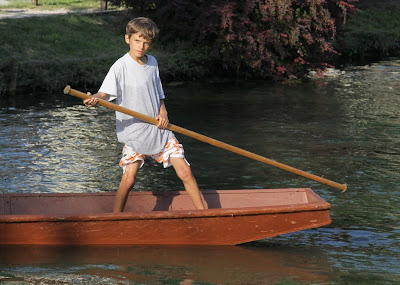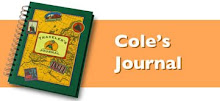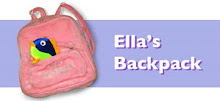Well our second European tour has sadly come to an end. This trip was definitely a lot different than our first, both in terms of places we visited and the pace at which we did it. On our first trip we felt more like residents, staying in one place for a month or more at a time. This trip didn’t allow us the same long stays, but we probably saw more places in a shorter amount of time.
Travel of this magnitude certainly intensifies life and we are so thankful to be able to live out such great family adventures. Every culture we visit has so much to offer, and visiting them helps all of us better understand and appreciate each one. We also got a chance to visit old friends from our last trip and make lots of new ones. The kids missed a little school while we were gone, but more than that, they take with them lessons and experiences that books just can’t teach. After our first trip, one of the questions we were left with was when we could manage to take our next trip. Well we answered that question, but now must pose it again. For now I think we may have satisfied the travel bug, at least until the next travel magazine arrives in the mail.
And finally, in the words of Julie Andrews, "These are a few of our favorite things...".
Favorite Cities…
Bret – Loshausen, Krakow, Monaco
Angie – L’Isle-sur-la-Sorgue, Vienna, Brugges
Cole – L’Isle-sur-ls-Sorgue, Florence
Mia – Paris, Krakow
Ella – Paris, Florence
Top Sights / Experiences…
Bret – World War II Sights, Memorial Day at Henri-Chapelle, Tour de France
Angie – French Flea Markets, Arles Bullfight, Gypsy-made weathervane in Romania
Cole – Siena’s Palio, Ducati Factory Tour, Arles Bullfight
Mia – Disneyworld Paris, Eifel Tower
Ella – Disneyworld Paris, Nego Chin Boats
Favorite Apartment…
Bret – Bad Mergenheim, Germany
Angie – Vienna, Austria
Cole – Buonconvento, Tuscany, Italy
Mia – Castle in Bacharach, Germany
Ella – Prague, Czech Republic
Thanks again to everyone who followed along with us, we hope you enjoyed the journey as well.
- 5 Passports
Bret, Angie, Cole, Mia, and Ella




























































